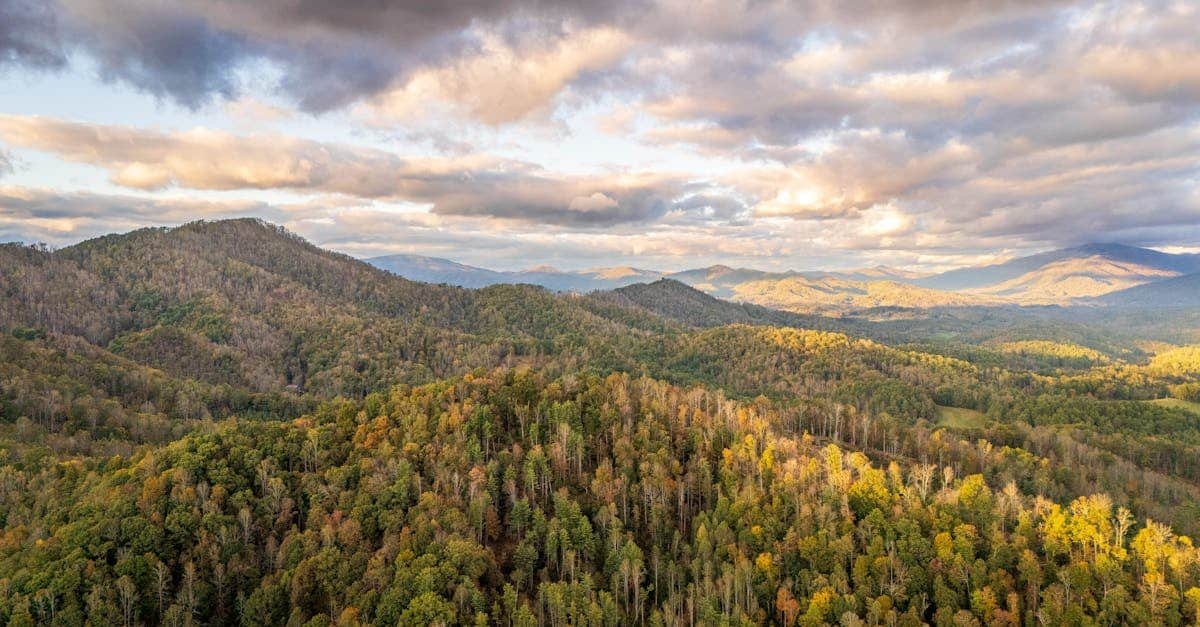Imagine standing at the edge of a jagged ridge, the wind biting at your skin as the vast, untamed expanse of the Appalachian Trail stretches before you. It’s not just a hike; it’s a crucible. For those who’ve tackled its 2,190 miles across 14 states, from Georgia to Maine, there’s a quiet understanding—an unspoken code—that transforms struggle into strength. This is the Appalachian trails grit secret, a hard-won resilience forged through mud, blisters, and sheer will. It’s not taught in schools or sold in self-help books. It’s earned, one grueling step at a time. And yet, in 2025, as Americans grapple with uncertainty and burnout, this hidden lesson from the mountains might just hold the key to rediscovering our collective backbone. How does a trail, often brutal and unrelenting, shape a spirit that refuses to break? Let’s unpack the layers of endurance, community, and raw determination that define this uniquely American journey.
The Trail as Teacher: Learning Grit the Hard Way

A first-timer on the Appalachian Trail often starts with romantic notions—visions of serene vistas and introspective solitude. Reality hits fast. The trail is a beast, with elevation changes that punish knees and storms that turn paths into rivers of sludge. A hiker might spend hours trudging through ankle-deep mire, only to collapse at a lean-to, soaked and shivering. Yet, it’s in these moments of near-defeat that something shifts. The body adapts. The mind sharpens. You don’t just endure; you learn to outlast.
Take the story of a retired teacher from Ohio, who, at 62, decided to thru-hike the trail in 2023. She described the first week as “a nightmare of doubt.” Her pack was too heavy, her boots ill-fitted, and every muscle screamed. But by month two, she’d shed unnecessary gear—both literal and mental. “I stopped caring about perfection,” she said. “I just had to keep moving.” That’s the Appalachian trails grit secret in action: a stripping away of pretense until only resolve remains.
A History of Hardship: Why the Appalachians Breed Toughness
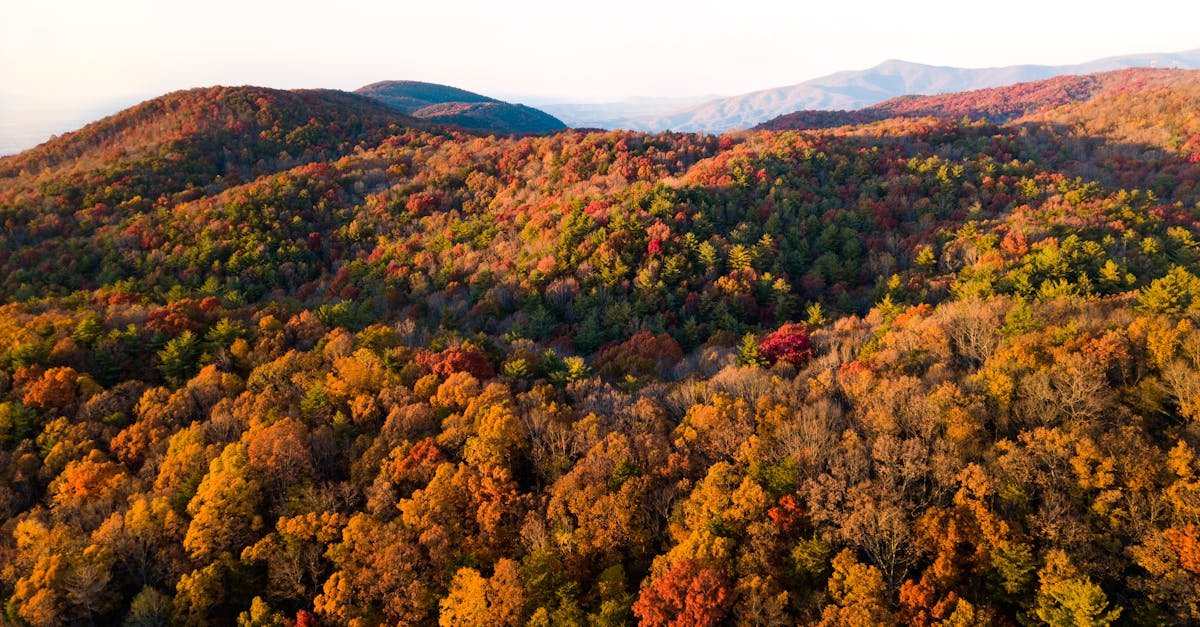
Rewind to the early 20th century, when the Appalachian Trail was first envisioned by Benton MacKaye as a refuge from industrial grind. It wasn’t just a path; it was a rebellion against softness, a call to reconnect with raw nature. The region itself, with its coal mines and hardscrabble farms, has always demanded resilience from its people. The trail, completed in 1937, became an extension of that ethos—a gauntlet for anyone daring enough to test themselves against it.
Today, the trail’s legacy endures as a proving ground. According to the Appalachian Trail Conservancy, only about one in four thru-hikers complete the full journey. The dropout rate isn’t a failure; it’s a filter. Those who persist don’t just walk away with sore feet. They carry a quiet confidence, a grit shaped by a landscape that spares no one.
The Mental Marathon: Grit Beyond Physical Pain

Physical endurance is only half the battle on the Appalachian Trail. The mental toll can be even heavier. Weeks of isolation, unpredictable weather, and the monotony of endless miles wear on even the strongest spirits. One hiker, after completing a section in Virginia, recalled staring at a gray, rain-soaked forest and thinking, “Why am I doing this?” The answer didn’t come in words but in the stubborn act of lacing up boots the next morning.
Psychologists studying outdoor challenges note that such environments force a confrontation with discomfort—a skill eroding in our screen-dominated lives. A report from the National Institutes of Health highlights how sustained exposure to adversity, like that on the trail, builds emotional regulation and problem-solving under stress. The Appalachian trails grit secret isn’t just about muscling through; it’s about rewiring how you face life’s inevitable lows.
Community in Solitude: Bonds Forged by Struggle
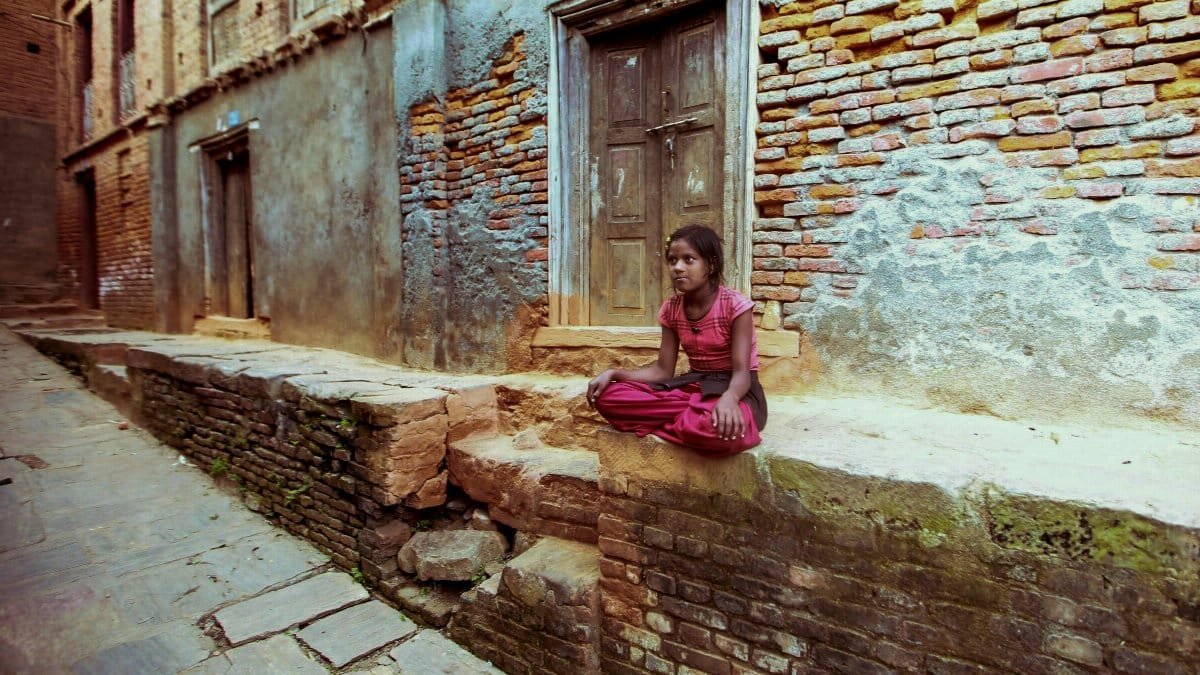
Here’s a paradox: a journey often taken alone becomes a masterclass in connection. Hikers on the Appalachian Trail form “trail families”—loose-knit groups who share shelters, swap stories, and split the last of their granola. These bonds aren’t built on small talk but on shared hardship. When a storm hits, or a twisted ankle slows someone down, strangers become lifelines.
Online discussions in 2025 often echo this sentiment. One anonymous account described the surreal comfort of a fellow hiker wordlessly handing over a dry sock after a downpour. “It wasn’t charity,” they wrote. “It was survival. We were in it together.” This camaraderie, born from necessity, reveals another facet of the Appalachian trails grit secret: true strength isn’t solitary. It’s reinforced by the unspoken trust of those beside you.
The Everyday Grind: Translating Trail Grit to Modern Life
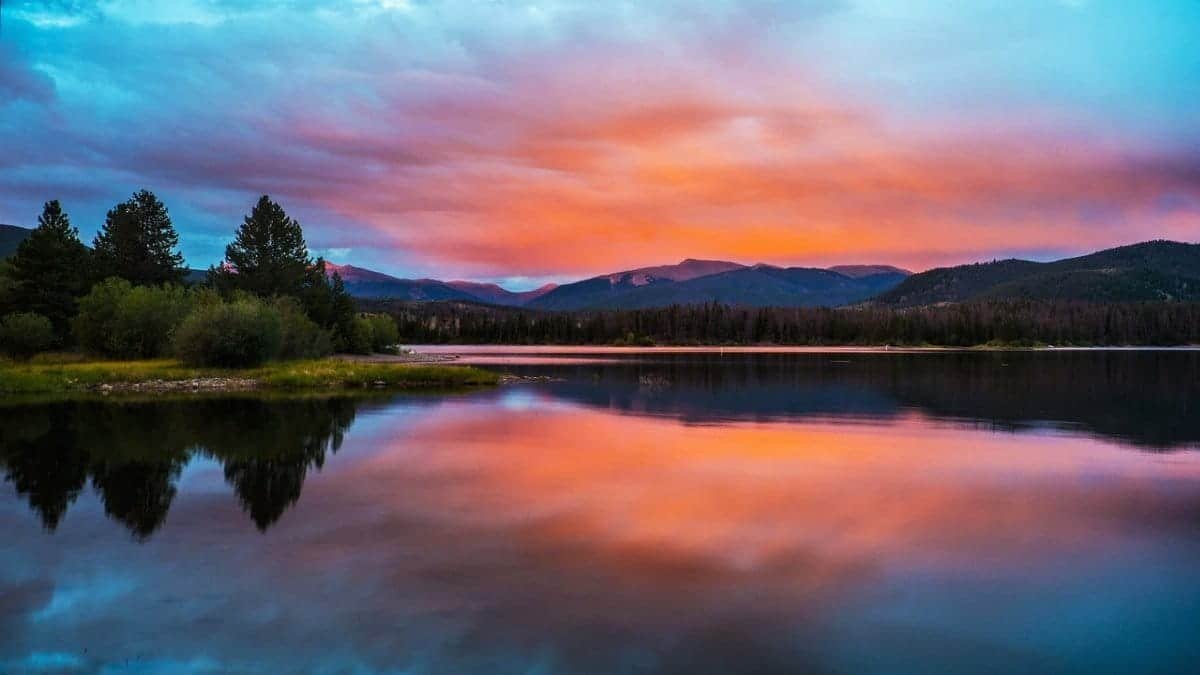
Most Americans won’t hike the Appalachian Trail. The time, cost, and physical demand keep it out of reach. But the lessons of grit don’t require a backpack or boots. In a year like 2025, marked by economic strain and social division, the trail’s teachings feel urgent. It’s about showing up, even when the odds stack against you. It’s about shedding what weighs you down—whether that’s gear or grudges—and focusing on the next step.
Consider the parallel in urban life. A single parent working two jobs faces a different kind of trail, one paved with bills and exhaustion. Yet the principle holds: endure, adapt, persist. Research from Pew Research Center shows resilience as a top predictor of long-term well-being, regardless of circumstance. The trail simply distills this into a visceral, muddy reality.
A Call to the Wild: Why Grit Matters Now
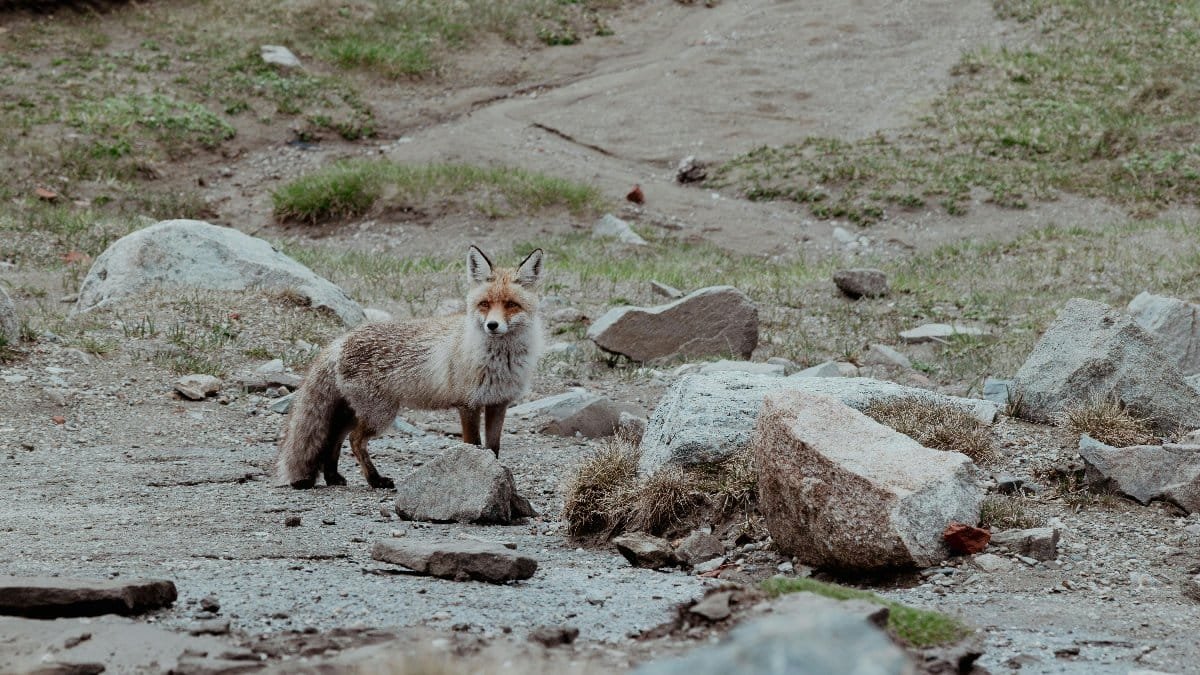
Let’s not sugarcoat it. The world feels heavier in 2025. Climate anxieties, political rifts, and the relentless pace of technology leave many Americans grasping for stability. The Appalachian trails grit secret offers no quick fix, but it does provide a blueprint. Strip life to its essentials. Face the storm head-on. Find strength in others when your own falters. These aren’t abstract ideals; they’re survival tactics, honed over miles of unforgiving terrain.
The trail’s influence ripples beyond its borders. Programs inspired by outdoor challenges, as noted by the U.S. Forest Service, now integrate nature-based resilience training for veterans and at-risk youth. The idea is simple: if you can conquer a mountain, you can confront life’s other peaks. Perhaps it’s time more of us looked to the Appalachians—not for a hike, but for a reminder of what we’re capable of.
The Unseen Victory: Grit as a Quiet Legacy
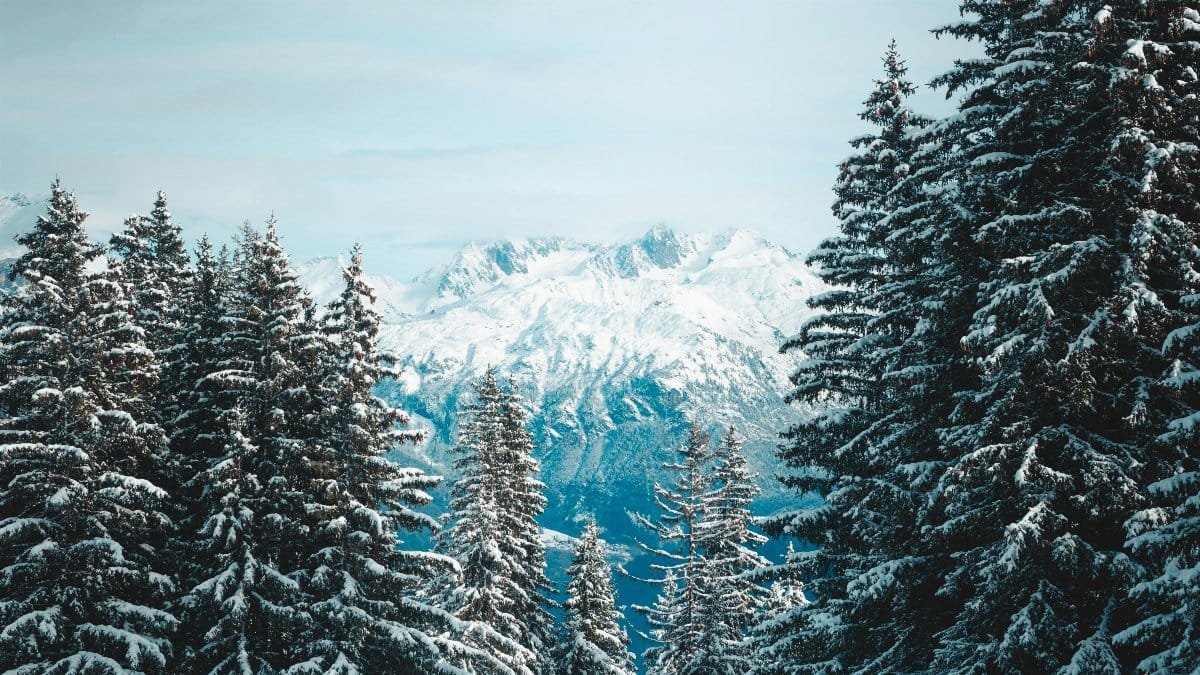
There’s no ticker-tape parade at the end of the Appalachian Trail. Finishing—or even attempting it—earns no public fanfare. The victory is personal, etched in calloused feet and a steadier gaze. A hiker from North Carolina, after reaching Mount Katahdin, the trail’s northern terminus, didn’t celebrate with cheers. He sat silently, watching the sunrise, feeling the weight of every mile lift. “I didn’t need to tell anyone,” he said. “I knew what I’d done.”
That understated triumph captures the essence of the Appalachian trails grit secret. It’s not about glory. It’s about proving to yourself that breaking isn’t an option. As more Americans search for meaning in a fractured era, this legacy of quiet endurance feels like a compass. The trail doesn’t change the world. But it changes those who walk it—and, in turn, how they face everything else.
